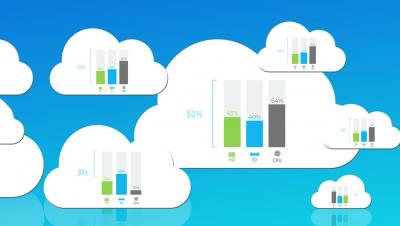Operations | Monitoring | ITSM | DevOps | Cloud
Cost Management
The latest News and Information on Cost Management and related technologies.
AWS Savings Plan: All You Need to Know
Organizations using Amazon Web Services (AWS) cloud traditionally leveraged Reserved Instances (RI) to realize cost savings by committing to the use of a specific instance type and operating system within the AWS region. Nearly 2 years ago, AWS rolled out a new program called Savings Plans, which give companies a new way to reduce costs by making an advanced commitment of a one-year or three-year fixed term.
Pepperdata Guided Product Tour
Cloud cost management and optimization: How to regain control over your bill
The cloud is today one of the most expensive resources for any modern organization, second only to employee salaries and overhead. According to recent research by Gartner, end-user spending on public cloud services will reach $396 billion in 2021 and grow 21.7% to reach $482 billion in 2022. By 2026, Gartner predicts public cloud spending will exceed 45% of all enterprise IT spending, up from less than 17% in 2021.
Virtana Optimize | Cloud Cost Management Solution
7 Cloudability Alternatives For Cloud Cost Management (Updated 2021)
What Are On-Demand Instances And When Should You Use Them?
A Simple Guide to Taming the Beast That Is Kubernetes
Lower Your Google Cloud Costs with These 5 Google Dataproc Best Practices
Thinking about using Google Dataproc as your cloud vendor? We can see why. Google Dataproc is a powerful tool for analytics and data processing, but to get the most out of it you have to ensure you use it properly. We’re going to explore five best practices you can use to lower your Google cloud costs while maximizing efficiency: Following these tips will ensure the best performance and help keep your cloud costs in line.










